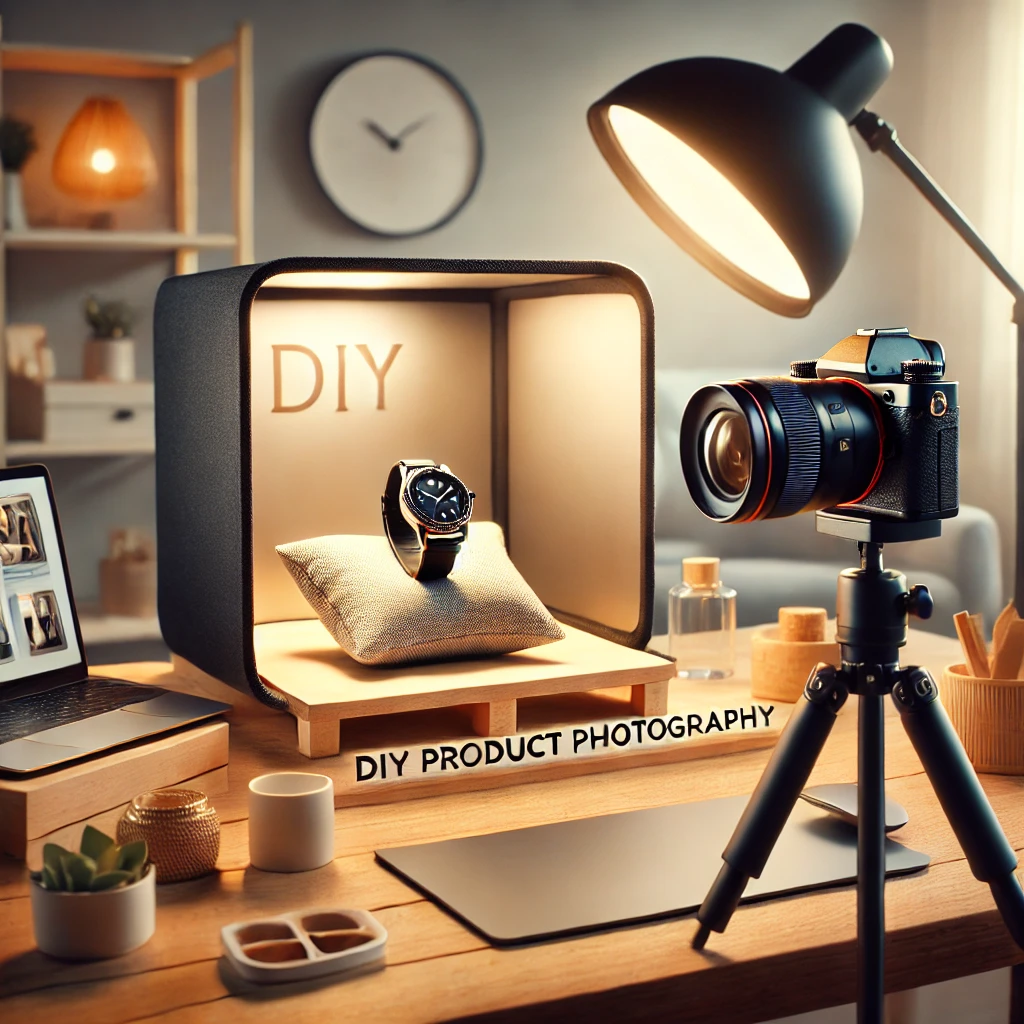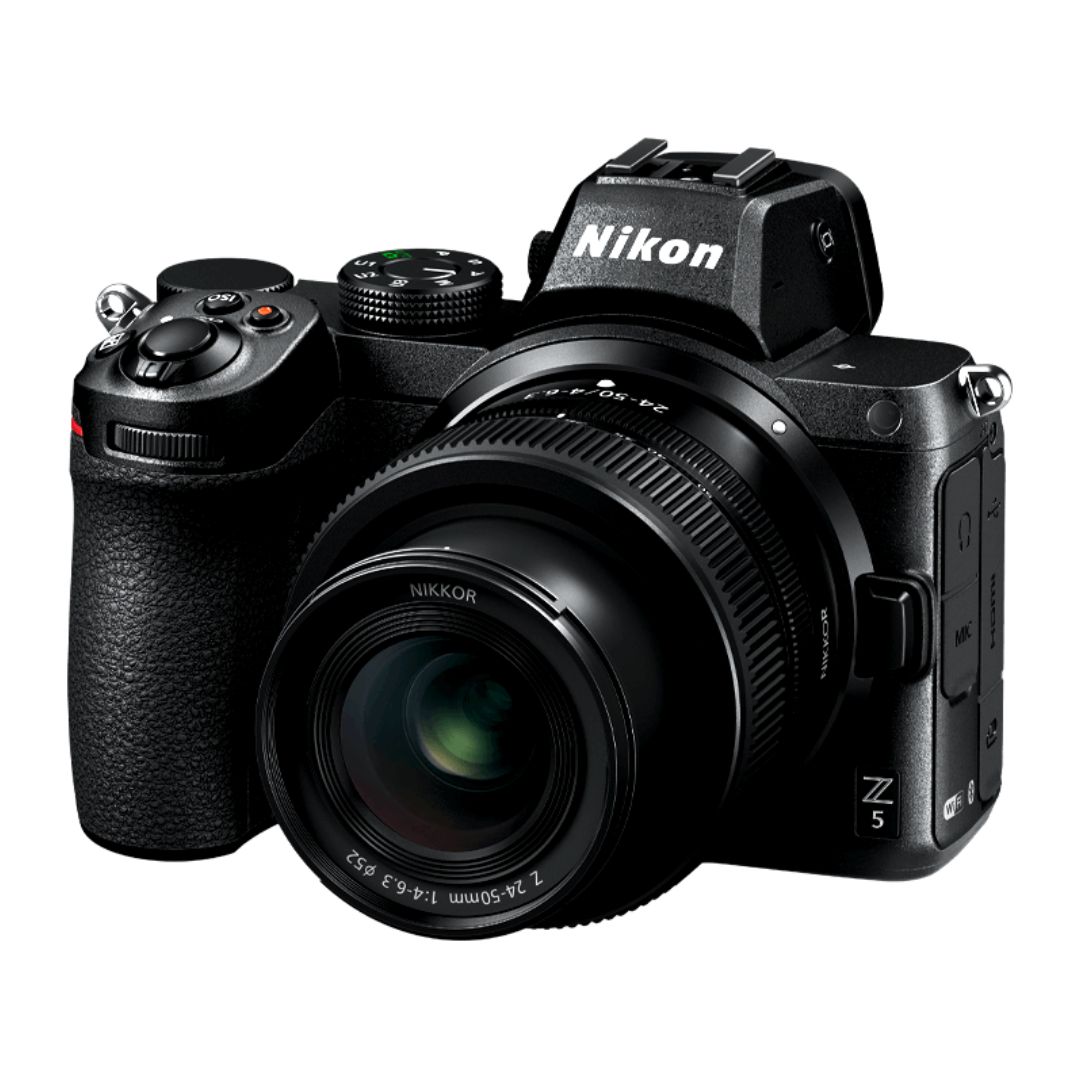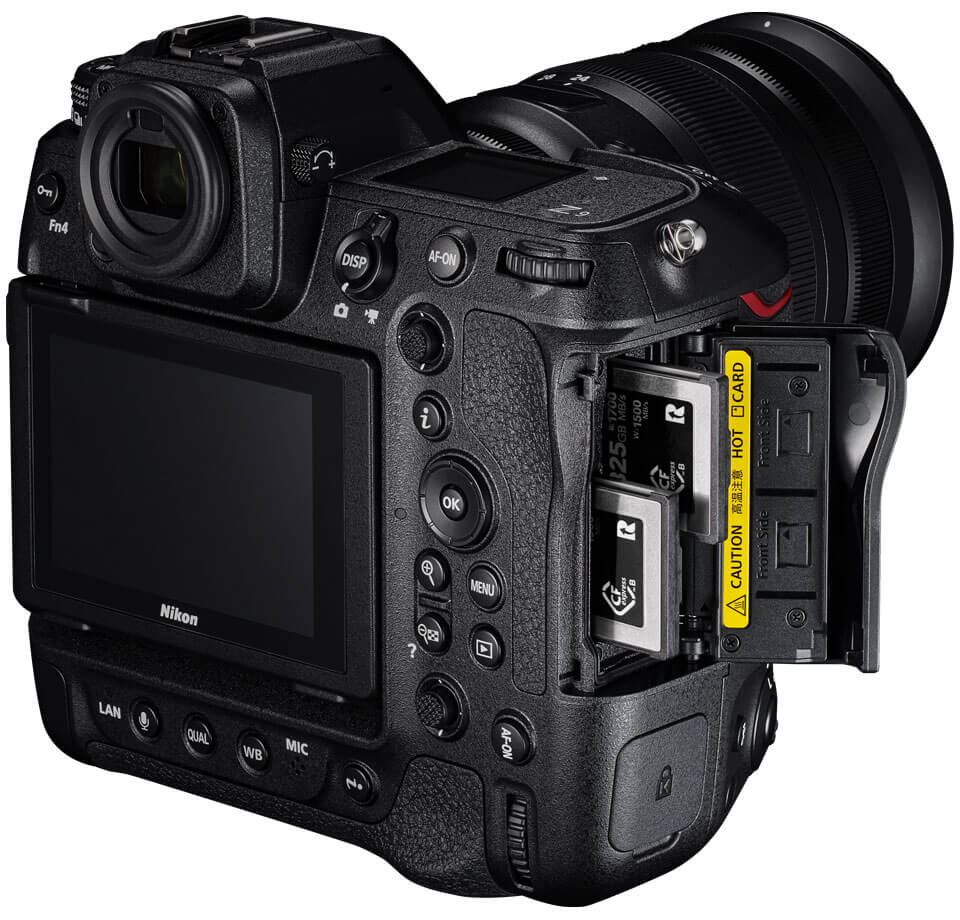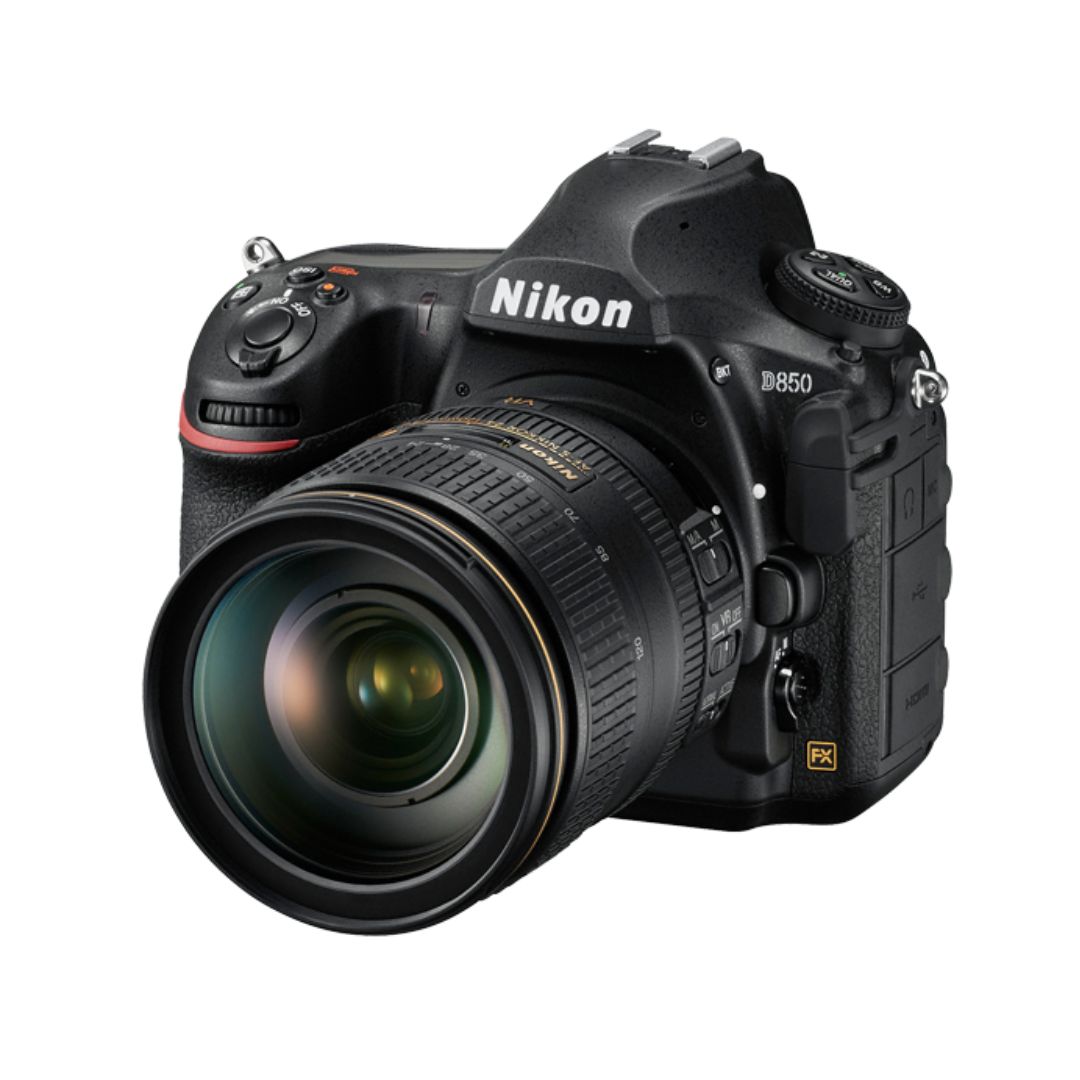High-quality product photography is essential for e-commerce success. Whether you’re selling on Shopify, Etsy, or Amazon, visually compelling images can increase conversions and build trust with customers. Hiring a professional photographer is ideal, but not always feasible. Thankfully, with the right setup and techniques, you can achieve professional-looking product photos at home. This guide covers everything you need to know about DIY product photography, from essential gear to editing.
Why DIY Product Photography Matters
- Reduces costs by eliminating professional fees
- Gives you creative control over branding and styling
- Enables consistent content creation for social media and listings
- Enhances customer engagement with high-quality visuals
1. Essential Equipment for DIY Product Photography
1.1 Camera Options: Smartphone vs. DSLR
- Smartphones: Recent models like the iPhone 15 Pro and Samsung Galaxy S23 Ultra offer advanced camera systems that work well for product photography.
- DSLR or Mirrorless Cameras: Provide more manual control over settings like aperture, ISO, and shutter speed.
1.2 Lenses for Product Photography
- 50mm Prime Lens: Great for lifestyle product shots
- Macro Lens: Ideal for capturing intricate details
- 24-70mm Zoom Lens: Versatile for various compositions
1.3 Tripod for Stability
- Prevents blurry shots
- Helps with maintaining consistent angles and perspectives
1.4 Lighting Setup
- Natural Light: Best for soft, organic product shots
- Artificial Light: Continuous LED panels or softboxes ensure consistent lighting
- Ring Light: Ideal for smaller products like jewelry
1.5 Backgrounds & Surfaces
- White seamless paper for a clean look
- Wooden or textured backgrounds for a rustic feel
- Acrylic or glass for reflections
2. Setting Up Your Home Studio
2.1 Choosing the Right Space
- Select a clutter-free, well-lit area
- Position your setup near a window for natural light
- Use a light tent or DIY lightbox for controlled lighting
2.2 Creating a DIY Lightbox
- Use a cardboard box with cut-out sides
- Line the interior with white paper
- Place LED lights on both sides for even illumination
3. Camera Settings for Product Photography
3.1 ISO
- Keep ISO low (100-200) to reduce noise
3.2 Aperture (f/stop)
- f/8 to f/11 for sharp focus on entire product
- f/2.8 for shallow depth of field and artistic effects
3.3 Shutter Speed
- Use a tripod to avoid motion blur
- 1/125s or faster for handheld shots
4. Composition & Styling
4.1 Rule of Thirds
- Position product slightly off-center for a balanced composition
4.2 Leading Lines
- Use props or surfaces to guide the viewer’s eye to the product
4.3 Color Theory
- Choose backgrounds and props that complement the product
4.4 Props & Accessories
- Keep them minimal to avoid distractions
- Ensure they enhance the product’s appeal
5. Editing Your Product Photos
5.1 Best Editing Software
- Adobe Lightroom (best for color correction)
- Photoshop (advanced retouching)
- Canva (beginner-friendly)
- Snapseed (smartphone editing)
5.2 Basic Editing Steps
- Adjust brightness, contrast, and exposure
- Crop and straighten images
- Remove distractions and imperfections
- Apply sharpening for clarity
6. Common Mistakes to Avoid
6.1 Poor Lighting
- Avoid harsh shadows or uneven lighting
6.2 Incorrect White Balance
- Adjust white balance settings for accurate colors
6.3 Overuse of Filters
- Keep edits natural to maintain authenticity
6.4 Ignoring Image Dimensions
- Resize images for web optimization to avoid slow loading times

7. Optimizing Product Photos for E-Commerce
7.1 File Format & Size
- Use JPEG or PNG with high resolution
- Compress files to improve website speed
7.2 Alt Text & SEO
- Use descriptive filenames (e.g., “handmade-ceramic-mug.jpg”)
- Add alt text with relevant keywords
7.3 Consistent Branding
- Maintain uniform lighting, angles, and backgrounds across all photos
8. DIY Product Photography for Different Products
8.1 Jewelry
- Use macro lenses for fine details
- Soft lighting to avoid reflections
8.2 Clothing
- Flat lay or ghost mannequin techniques for presentation
8.3 Food
- Bright, natural light enhances textures
- Use props like utensils or ingredients for storytelling
8.4 Electronics
- Clean backgrounds with minimal distractions
- Focus on key product features
9. Advanced Techniques for Professional Quality
9.1 Focus Stacking
- Combine multiple images for sharpness
9.2 Using Reflectors
- White reflectors brighten shadows
- Black reflectors add depth and contrast
9.3 Capturing Motion
- Use slow shutter speeds for dynamic shots
10. Final Thoughts: Perfecting DIY Product Photography
With the right techniques and practice, DIY product photography can rival professional results. By mastering lighting, composition, and editing, you can create stunning visuals that boost conversions and elevate your brand. Start experimenting today and refine your skills with each shoot!

Sony Alpha a7 IV: The Ultimate Camera for Photography

Nikon Z5 Review: Is It Worth It?
-

Nikon Z9 : Game-Changer for Photography
-

Top Features of Nikon D850 That Make It Ideal for Portfolio Shoots
Sony Alpha a7 IV: The Ultimate Camera for Photography
Explore the Sony Alpha a7 IV in this complete 2025 review. Learn how its pro-level features, real-world performance, and hybrid flexibility make it the ultimate camera for photography across genres like portraits, weddings, travel, and commercial work. Table of Contents Section 1: Introduction – Why the Sony Alpha a7 IV Stands Out The Sony Alpha…
Nikon Z5 Review: Is It Worth It?
In 2025, photographers—whether hobbyists, content creators, or professionals—seek equipment that blends value, performance, and future-readiness. Enter the Nikon Z5, a full-frame mirrorless camera marketed as a gateway to high-end imaging without a flagship price tag. But how well does it hold up under real-world demands like studio shoots, weddings, landscape adventures, and lifestyle photography? In…
Nikon Z9 : Game-Changer for Photography
Discover why the Nikon Z9 is considered a true game-changer for photography. This in-depth Nikon Z9 review explores key features, real-world performance, and how it excels in professional photo shoots in 2025. Table of Contents 1. Introduction The photography world witnessed a significant shift with the launch of the Nikon Z9, a flagship mirrorless camera…
Top Features of Nikon D850 That Make It Ideal for Portfolio Shoots
Discover why the Nikon D850 is the ultimate DSLR for portfolio shoots. Explore its top features—from resolution and dynamic range to autofocus precision and workflow speed—that help photographers create stunning, high-impact images for professional portfolios. Whether you’re a portrait artist, fashion photographer, or visual storyteller, a portfolio shoot demands technical excellence, creative flexibility, and uncompromised…
Candid Moments with Canon EOS R10: Lightweight & Reliable
In the evolving world of mirrorless photography, the Canon EOS R10 stands out as a lightweight yet powerful camera tailored for real-life storytelling. Whether you’re photographing street scenes, family gatherings, weddings, or spontaneous portraits, capturing genuine emotion requires a responsive and discreet tool. This article dives deep into how the Canon EOS R10 excels in…
Bold Portraits with Canon EOS R5: Is It the Best for Work?
Studio photography has always demanded precision, artistry, and impeccable gear. As the expectations for commercial portraits, fashion campaigns, and editorial work continue to rise, the tools we use must evolve. Enter the Canon EOS R5, a camera that has stirred the professional waters with its impressive technical specs and forward-thinking design. In this comprehensive Canon…


2 comments